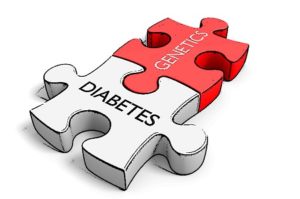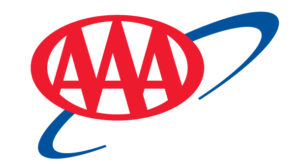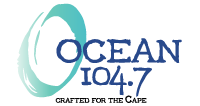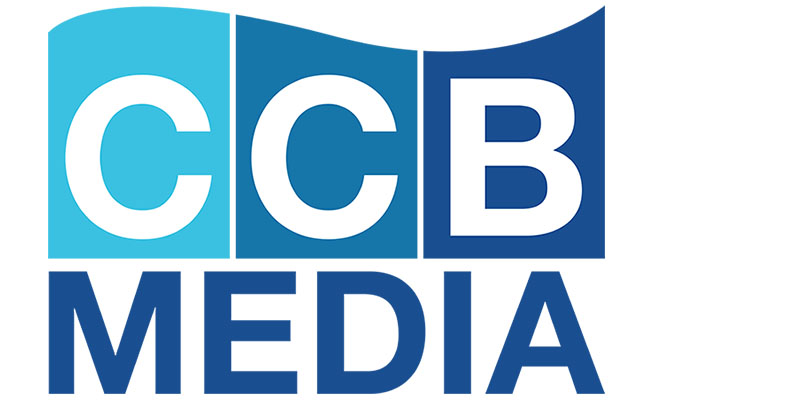By Chad Langley, Co-Owner, TestStripz
Type 1 diabetes (T1D) and Type 2 diabetes (T2D) are not the same. The symptoms of both are similar. A few basics: Insulin is a hormone created in the pancreas, and it’s the gatekeeper for glucose to enter the cells. When glucose (sugar) enters the bloodstream, it can only be converted into energy through cells. Without insulin, glucose can’t enter the cell. Insulin acts as a key to open a door and let it in.
So what is diabetes? According to Wikipedia:
Diabetes mellitus (DM), commonly known as diabetes, is a group of metabolic disorders characterized by high blood sugar levels over a prolonged period.
That’s about as vague as it gets. I’m not a doctor, but I’ll try to elucidate on questions like: What causes high blood sugar? And, how does it impact the body?
Once I do, you might agree that T1D and T2D should not be classified as the same disease. Sharing one common symptom (high blood sugar) does not indicate the same cause, nor should they be categorized as the same disease … especially when that could mean life or death.
The Gigantic Difference
We’ve established that both T1D and T2D result in high blood sugar levels. Why?
Let’s start with Type 2 diabetes, also known as adult onset diabetes. There are various factors that lead to the disease, but the end result is that glucose is not entering the cells nearly as efficiently. There are two main reasons. The first is that the pancreas is no longer producing the insulin as effectively. Consider it overworked.
The second reason, known as insulin resistance, just compounds this problem. When insulin “opens the cell door” to allow glucose to enter, it is acting much like a key fitting into the proper “keyhole” on the cell. When it does attach to the cell receptor, a signal is sent, and glucose is given passage into the cell, where it’s transformed into energy.
Insulin resistance is caused when cell receptors are either missing or malformed, and insulin can’t recognize or fit to the cell receptor. Glucose gets locked out of the cell and stays in the bloodstream. That’s what causes high sugar levels in T2D. T2D is caused by lifestyle choices like diet and exercise, and it can be reversed by lifestyle changes.
Type 1 diabetes (juvenile diabetes) is a genetic disease that you’re born with and, until a cure is found, it cannot be reversed. The pancreas simply does not produce insulin. Blood sugar increases because glucose can’t enter the cells. It’s a locked door without a key. That’s why daily insulin injections are required.
Without insulin injections, people with T1D will eventually die. Ironically and devastatingly, they technically starve to death. All that sugar, and nowhere to process it into energy.
By 2050, the CDC estimates that 1 in 3 Americans will have diabetes. That’s terrifying and the consequences would be staggering. However, over 90 percent of diabetes is T2D and that percentage is creeping up towards 95 percent.
This is important for a few reasons. If we can reverse T2D, which we can, then that number drops immensely. Disaster averted. But for those with T1D there’s a much more personal reason. Funding towards diabetes research has been going into “preventive care” to battle the Type 2 diabetes epidemic.
And that’s unfortunate for those with T1D. Until a cure is found, they’re stuck with a disease they got from the genetic lottery. Research funding towards a cure for Type 1 Diabetes has decreased over the last decade, as we’ve focused on reducing obesity in America.
Impacts to the Body
Both diseases pose enormous chronic health threats and complications. More people die from diabetes each year than AIDS and Breast Cancer combined. The risk of heart attack and stroke skyrocket. Kidney disease. Skin infection. Nerve damage. Eye disease. Gum disease.
You name it, diabetes probably contributes to it.
The reason a cure for T1D is so critical is because of the potential acute health complications. Particularly death.
Many organizations have called diabetes “a little sugar problem,” which is factually incorrect and infuriating simultaneously. Type 2 diabetes is a global pandemic and Type 1 diabetes develops in kids who then face insulin shots every day and nonstop, consistent management.
While a quick and steep increase in blood sugar (Hyperglycemia) can cause dozens of problems to organs, there’s also the risk of a quick and steep decrease in blood sugar (Hypoglycemia). When your glucose levels start dipping below 50, you gradually lose the ability to rationalize. If it dips low enough, it leads to insulin shock, which can mean death.
Our best strategy is to work towards reversing T2D and curing T1D by making the distinction between them, so we can fund the correct research aimed at the sensible objective.
Sponsored Content
























